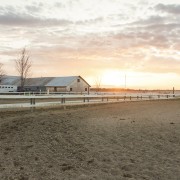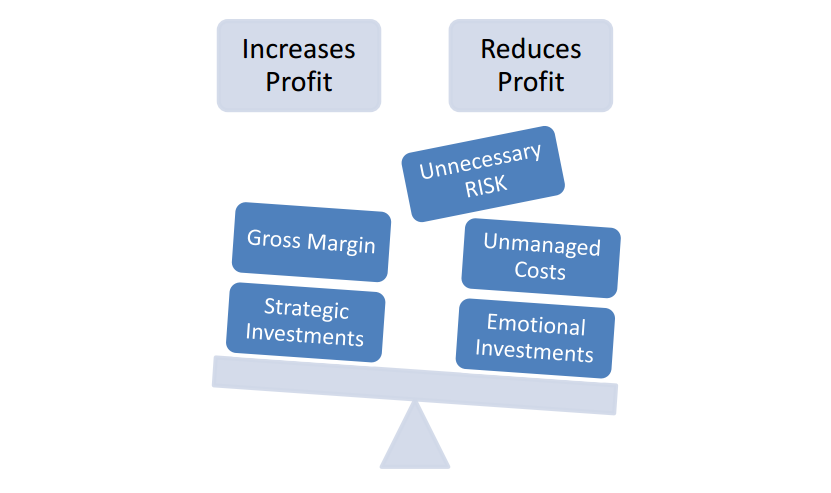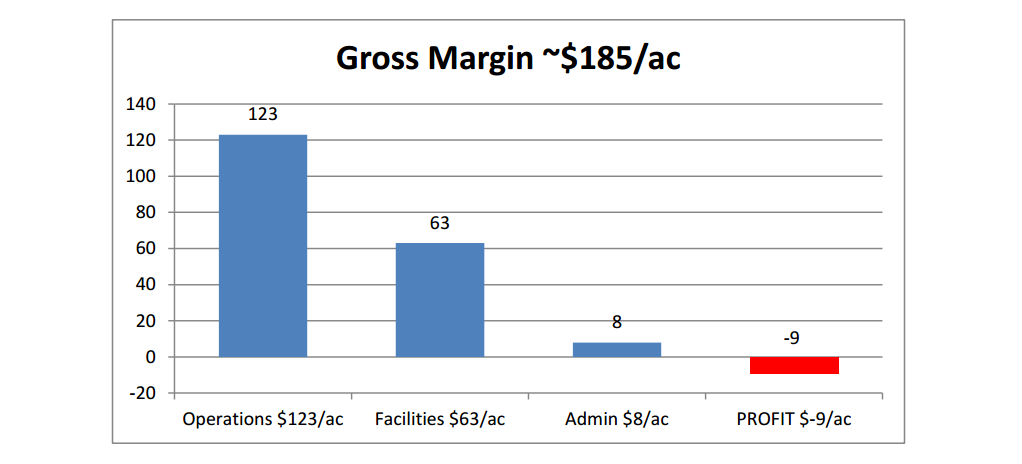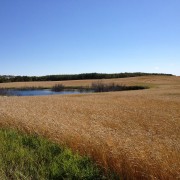Managed Risk Part 2 – Interest Rates
In a conversation recently with a young farmer, who I feel is a poster boy for excellent business
management, he disclosed that he’s far more concerned with rising interest rates than low commodity
prices. During our brief exchange on this topic, I stuck with my position that interest rates, if they move
up at all, will see modest increases because when we consider the volume of credit currently
outstanding, the effect (desired or not) of any increases would be dramatically slower spending and
investment. Currently, I see no reason domestically to raise interest rates. His position involved a
number of macroeconomic factors including China, the US, and the EU. Admittedly, I’m less fluent in
how China’s recession will affect the Bank of Canada’s prime rate or how it will trickle down to Canadian
agriculture, specifically primary producers, but no doubt there is an impact to consider.
Just because the Bank of Canada may not be raising its prime rate does not mean that lenders won’t
raise theirs. The Bank of Canada prime and the chartered bank’s prime are related, but not directly
connected. The Bank of Canada makes its decisions on economic factors. Lenders make their decisions
based on business factors and their expectation of a profit. Lenders most likely recognize that increasing
rates now would be harmful, but again they have profit expectations and dividends to pay.
Is your business the same? Do you have a profit expectation and dividends to pay to shareholders?
It was encouraged in Growing Farm Profits Weekly #11 on March 17, 2015 for everyone to do an
interest rate sensitivity calculation. I would enjoy hearing from readers who did an interest rate
sensitivity to understand what they learned from the exercise. For those of you who didn’t do one, here
are some points to ponder:
- Interest costs on term credits are controllable only at the time you sign documents, or at
renewal. - History shows that over the long term, floating interest rates are cheaper than fixed rates.
- While enjoying the consistency that fixed rates offer, consider the ramifications of renewing all
your fixed rates at the same time. Having no control over, nor any idea of, what future interest
rates will be, what is your strategy to manage this risk?
HINT: it’s something you climb, but it isn’t a tree. Call or email if you want to explore further. - The interest rate you pay to your lender is a direct representation of 2 factors:
- The cost incurred by the lender to acquire the funds being lent to you, and
- Your lender’s view of how risky your particular business is. IE: you might pay more or less interest
than your neighbor if the lender views your farm as being more or less risky than your neighbor’s farm.
(This is the significance of knowing what’s important to your lender!)
- Competition for business is the 3rd factor affecting your interest rate – and it goes both ways.
At the end of the day, your control is over how much you borrow, and for what purpose. Bad debt is
unhealthy enough, but interest on bad debt is worse. Your interest strategy needs a blend of fixed and
floating rates, varying terms, and payment dates that align with your cash flow.
Direct Questions
Consider the pros and cons for each of “blended payments” and “fixed principal plus interest
payments.” Which payment structure best fits your needs?
When doing an interest rate sensitivity test, do the results scare your socks off?
What is your strategy for managing loan interest?
From the Home Quarter
The great equalizer across all farms is Mother Nature. What isn’t equal is how each farm manages risk.
Those who are averse to any debt often miss out on growth opportunities. Those who have a flippant
approach to debt often find themselves painted into a corner. It is a strategic and measured approach to
managing risk that sets apart the players in the game.




 Moe Russell has spent well over 30 years in farm finance
Moe Russell has spent well over 30 years in farm finance








